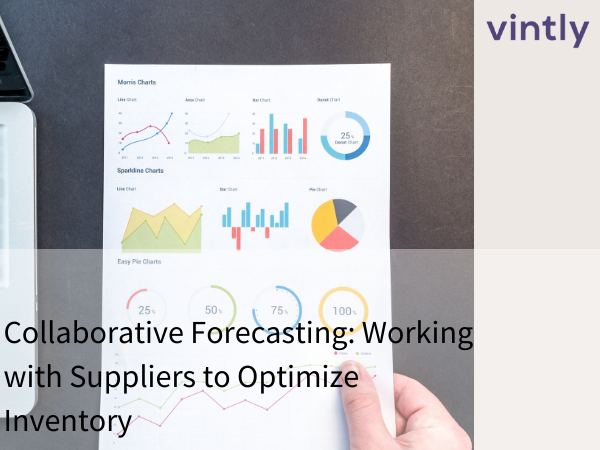The Role of Big Data in Fashion Supply Chain Decisions
In today’s highly competitive fashion landscape, data isn’t just something stored in spreadsheets—it’s one of the most powerful decision-making tools available. From demand forecasting to supplier performance and sustainability compliance, big data is transforming how fashion brands operate their supply chains.
Fashion companies that embrace data-driven decision-making are better equipped to handle market volatility, reduce waste, and speed up production cycles. But the key lies in understanding what data actually matters—and how to turn it into actionable insights.
Why Big Data Matters in Fashion Supply Chains
Fashion is fast, seasonal, and influenced by cultural shifts and unpredictable consumer behaviors. Without real-time data visibility, brands risk overproduction, delayed deliveries, and sustainability missteps. Big data helps tackle these challenges by offering clear, measurable insights across every stage of the supply chain.
For example, analyzing point-of-sale data and online behavior trends allows brands to predict demand more accurately, preventing the costly problem of overstock or stockouts. Similarly, tracking supplier performance through delivery metrics, quality scores, and compliance records ensures that production partners are meeting standards.
A great example comes from a recent report by Forbes, which explores how fashion retailers are leveraging big data to understand customer preferences and optimize logistics — ultimately reducing costs and improving speed-to-market.
Read the Forbes article on how big data is revolutionizing fashion retail
Turning Data into Smarter Decisions
Big data doesn’t automatically equal better decisions—it’s what you do with the information that counts. Fashion brands are now implementing centralized dashboards that pull from sales channels, supplier platforms, and logistics providers. This provides teams with real-time insights that lead to smarter forecasting, more agile inventory planning, and proactive risk management.
One internal method many brands are now adopting is the use of supplier scorecards—a tool that helps evaluate vendor performance using standardized data points like on-time delivery, defect rates, and sustainability certifications.
Learn more in our article: Supplier Scorecards and Their Importance in Supplier Management
Data-Driven Sustainability
Sustainability is no longer a side note in fashion—it’s a core business concern. Brands must now prove their environmental and ethical credentials, which means tracking emissions, water usage, and labor conditions across their supplier network. Big data enables brands to document these efforts with traceability, making compliance reporting and consumer transparency much easier.
Final Thoughts
Big data is no longer a luxury—it’s a necessity for any fashion brand that wants to remain competitive, sustainable, and agile. From improving demand planning to enhancing supplier relationships, the ability to harness data is what separates leading brands from the rest. The future of fashion supply chains isn’t just faster or cheaper—it’s smarter.
.png)


